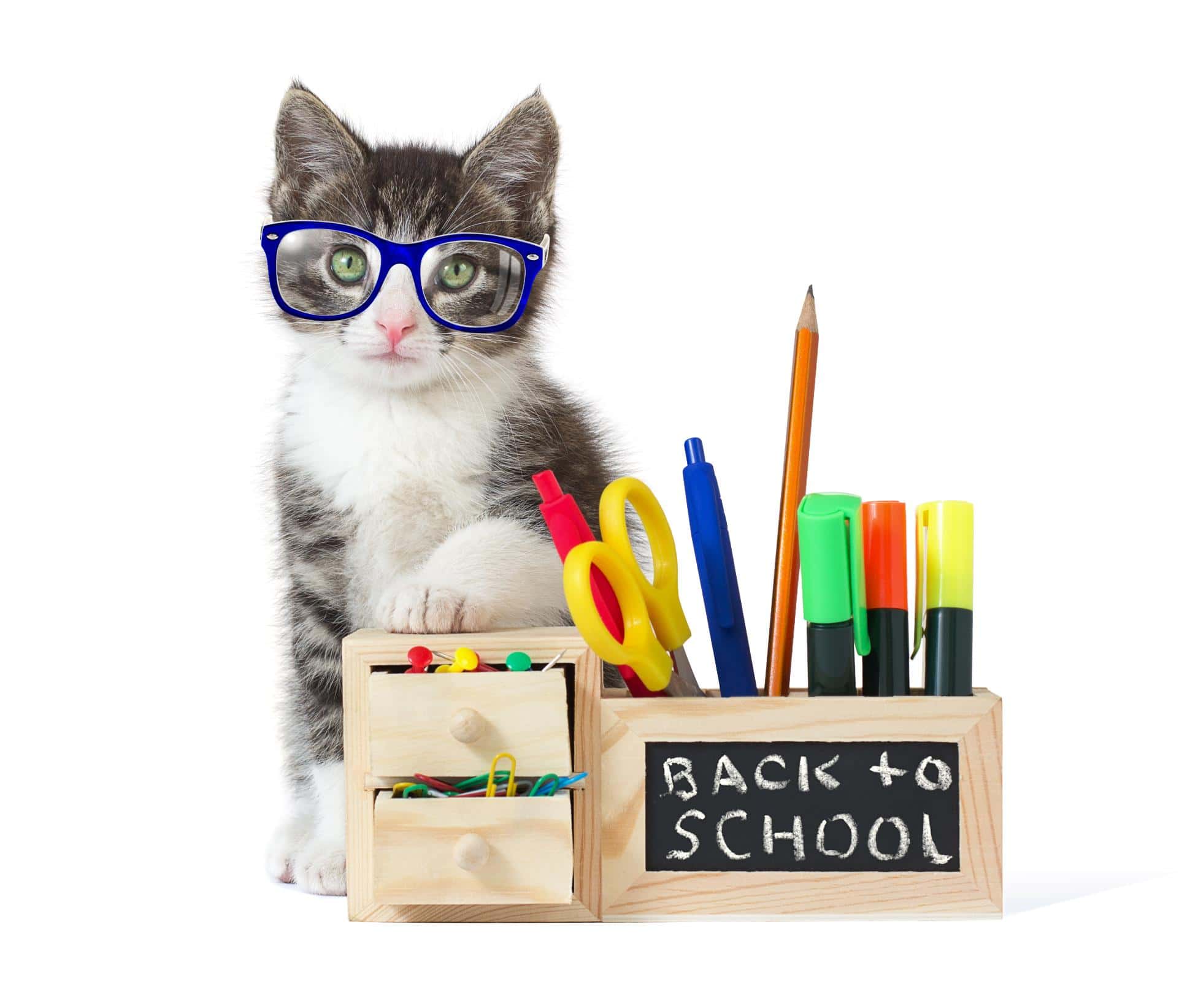
It’s no secret that pets are deeply attached to both their humans and their household routines. They anticipate certain events like meal times and bathroom breaks. But what happens when these sweet, ever-present creatures of habit have to face feelings of loneliness, isolation, or solitude? It’s back to school season across the country, and no one is more surprised, or unnerved, by this than the family pet.
Separation Anxiety and Pets
A common behavioral challenge in pets, separation anxiety occurs when there is a sudden, unexpected change to their schedule or routine. It can be the result of a scary or traumatic experience when left alone previously, or it can develop from feelings of fear, confusion, and stress when owners leave the home, or after an unexplained absence of a family member.
Mild cases of pet separation anxiety can involve pacing, increased vocalization, and restlessness in their owner’s absence. Left alone, these feelings can grow in intensity until they are deeply distressed and panicked. Destructive behavior and escape attempts can result in serious, even life-threatening, injury.
Staying In Front of Anxiety
Pet owners can get the upper hand on pet separation anxiety by identifying their pet’s feelings when things around the house/routine change. If your pet exhibits these signs, it’s time to act:
- Lethargy or lack of energy
- Decreased appetite
- Excessive barking, whining, crying
- Destructive chewing, digging, or scratching
- Soiling inside the house
- Pacing or non-stop sniffing at the doors and windows
- Looking out the windows, waiting at the door, and sleeping in their special human’s room or belongings
Some of the above behaviors are endearing, but they signal that a pet needs a little help to understand they are safe, and their separation from their owner is temporary.
Managing Pet Stress
Pet owners can help their pets cope with stress in these ways:
- Exercise
- Indoor enrichment, including food puzzles
- Training
- Pheromones, like Adaptil (dogs) and Feliway (cats), can promote feelings of calm
- Medication (anti-anxiety)
- Extra one-on-one time with their favorite person
Veterinary Tips for Pet Routines
Ease your pet into their new reality slowly and consistently. Start a couple weeks before the first day of school, and gradually increase their alone time every day. If a pet has grown accustomed to extra attention and action all day every day, they will need time to adjust to longer days without the kids around.
When you leave and arrive at the house, try to stay as neutral as possible. Take your pet out immediately before you depart and as soon as you come home. Remember, a tired pet is generally a happy pet. So, the more activity they receive, the better.
Pet Anxiety
Oroville Animal Health Center understands the challenges associated with pet anxiety. Please call us at (530) 533‑7513 with additional questions or concerns.
